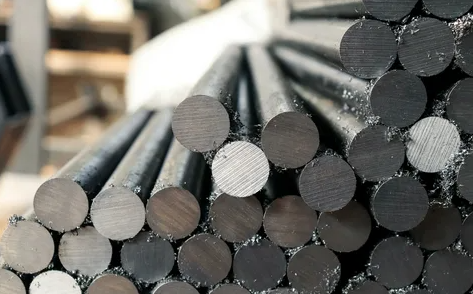The signed agreement refers to the first section passing through the territory of Brazil, its length is 933 km, and the estimated cost is $ 6.9 billion. Against the background of trade turnover between Brazil and China of $ 150 billion in 2024 and the total amount of Chinese investments in Brazil of $ 66 billion since 2007, this figure and the project do not seem unrealistic. Moreover, this transport corridor is part of China's Belt and Road strategy in South America and the signing of the agreement is seen as a strategic victory for China. The project guarantees reliable supplies of critical resources and enhances China's economic influence in South America.
The main goal is to radically reduce the cost and accelerate the export of Brazilian soybeans, corn, fertilizers, metals and minerals to Asia. Currently, cargo travels a long way through the southern Brazilian ports or the Panama Canal. The railway will reduce logistics costs by 30% and the route to Asia by 1,000 km, increasing Brazil's competitiveness.
This will create the first direct land transport corridor between the oceans in the northern part of the continent. The project strengthens Brazil's position as a regional leader and its "strategic partnership&"with China, which is causing painful attention from the United States. Bolivia and Peru will also benefit from transit and port development, enhancing South American integration beyond the traditional influence of Washington.
Construction, if the project is agreed with all parties, including Bolivia and Peru, will begin no earlier than 2027-2028. Full commissioning is expected by the mid-2030s, as the next sections of the road will have to pass through the high Andes Mountains and will require the construction of bridges and tunnels.






